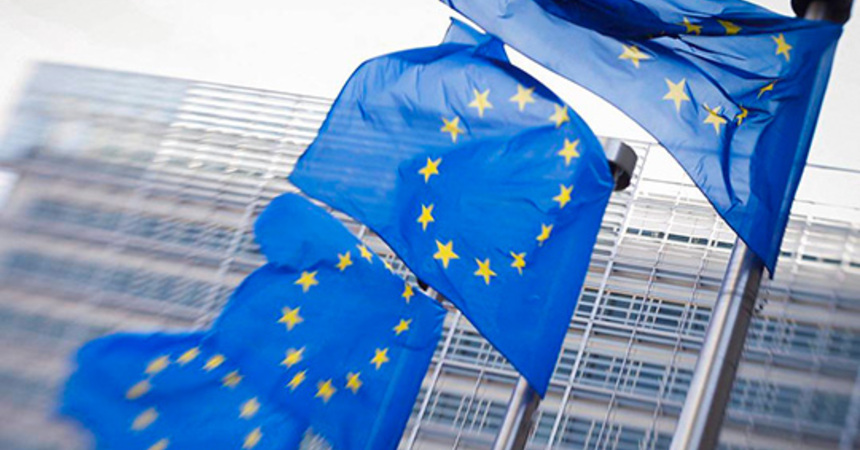How to get a European certificate allowing export to EU countries
In the field of certification, there are supranational entities, such as the EU, EAEU, and GCC countries. Such associations set standards for product conformity, which are subject to all member countries. This approach makes it easier to enter the markets. The system adopted in the European Union is the most developed, so exporters are concerned to get the very "European certificate" that opens all the doors as soon as possible. At the same time, the Europeans themselves do not use this concept, but speak of "confirmation of compliance". What does this mean?
Note that the standards for most products are often harmonized. This means that the requirements for products remain the same, but they are codified differently, depending on the legislation of the supranational association. In addition, European-oriented countries adopt European standards, as they are often the benchmark. Exceptions are usually children's goods, certain food products, medicines, complex medical devices, and similar products that are regulated by government agencies.
It turns out that in order to confirm compliance with European standards, it is necessary to collect a documented evidence base that will serve as the basis for the product's admission to the European market.
What is required from the exporter to EU:
- Make a product description according to European requirements. This can be done both by technical specialists within the company, having previously studied the requirements for the description, and by local experts on European certification. Applying directly to experts abroad is often unreasonably expensive.
- Test the product in accredited laboratories. Moreover, such laboratories may be located in more loyal countries, such as Turkey or India. The main thing is that they are accredited according to European standards. Testing directly in European laboratories is more expensive.
- Independently declare the product through an authorized manufacturer in the EU. The company can do this without the help of an authority – If you have difficulties understanding the process, just contact experts for advice.
This simple algorithm applies to most current products, such as clothing, household appliances, most food products (with the exception of those that require additional certification, such as halal or kosher food products), parts of machinery and equipment, and Class 1 medical devices.
In conclusion, let's say a few words about product labeling. In cases of conditionally "simple" products listed above, the release of the declaration gives the manufacturer the right to apply the label CE. However, it should be remembered that the process is not so simple and painless in all cases, and each case should be considered separately.
To find out what requirements apply to your product, send us a request by email [email protected] and tell us about your product.
We will need:
product description issued certificates or declarations of conformity (if any) information about product tests (if any)
We will prepare and send you a commercial offer within 24 hours.
